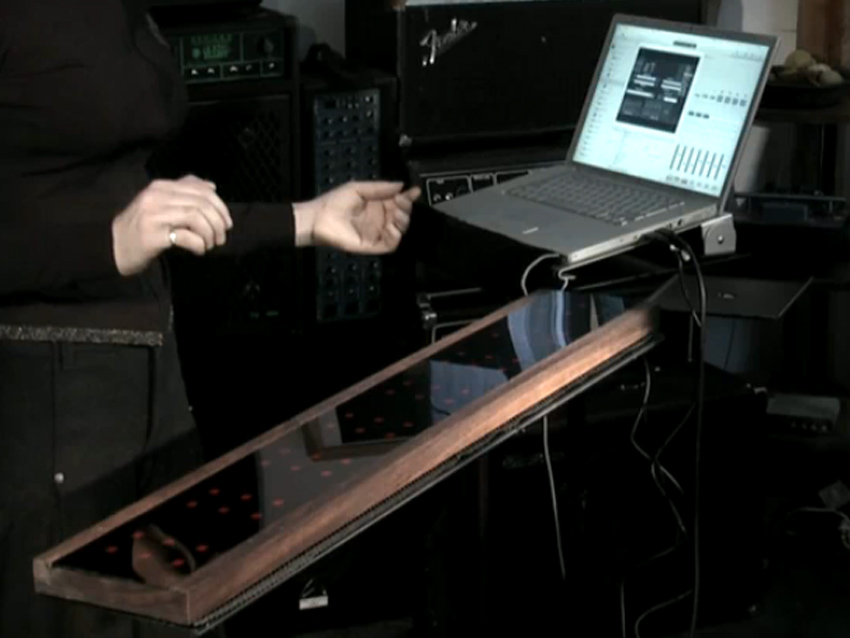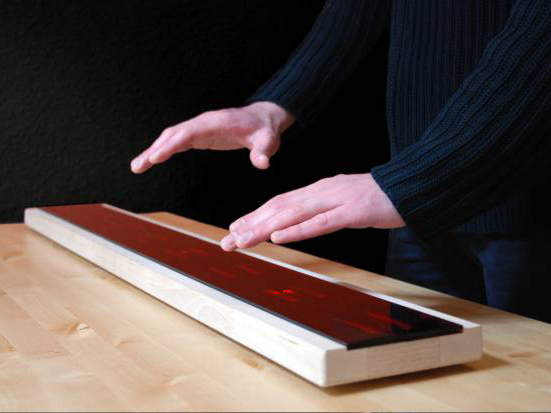AirPiano concept becomes reality, goes on sale for £1099
Controller features eight infrared proximity sensors

AirPiano

AirPiano

AirPiano

AirPiano
Following our first glimpse of the concept way back in 2008 and a further explanation (with video demos by Jo Hamilton) last year, the AirPiano has finally gone on sale.
The touchless controller was originally developed by interface design student Omer Yosha and uses eight infrared proximity sensors - controlled by a wave of the hand - to send MIDI and OSC (Open Sound Control) signals to the custom software on your computer via USB.
Price and spec
Early orders can benefit from the reduced price of £1099 (Europe) or £1149 (ROW). Read on for additional spec via the AirPiano site, check out last year's post for a reminder of how it works and hit up the video above to hear Jo Hamilton perform a full track, Alive, Alive, using nothing but the AirPiano.
The hardware
- 8 infrared proximity sensors create up to 24 virtual keys and 8 virtual faders
- 40 LEDs provide easy orientation and visual feedback
- 1 momentary button allows switching between presets directly from the device
- 0.25" connector for using an expression pedal or a foot switch
- Power 9Vdc
- USB 2.0
- Dimensions: 960 x 160 x 26 mm ;Weight: 2.8 kg
The software

The AirPiano hardware doesn't produce any sounds. It communicates with the custom AirPiano software on your PC or Mac. The software can send MIDI and Open Sound Control (OSC) messages to other software or hardware. When you trigger a key or a fader in the air, the software registers your actions and sends messages out accordingly. You can create numerous arrangement presets combining keys and faders, assigned with different properties and message types.
- Create and save arrangement presets
- Assign keys and faders with MIDI messages (OSC messages are sent automatically)
- Assign keys with preset-load messages (allows loading presets directly from the device)
- Set momentary button functionality
- Set pedal / foot switch functionality (MIDI CC , Global Velocity or Preset Loader)
(Via: Engadget)
Want all the hottest music and gear news, reviews, deals, features and more, direct to your inbox? Sign up here.
Tom Porter worked on MusicRadar from its mid-2007 launch date to 2011, covering a range of music and music making topics, across features, gear news, reviews, interviews and more. A regular NAMM-goer back in the day, Tom now resides permanently in Los Angeles, where he's doing rather well at the Internet Movie Database (IMDB).